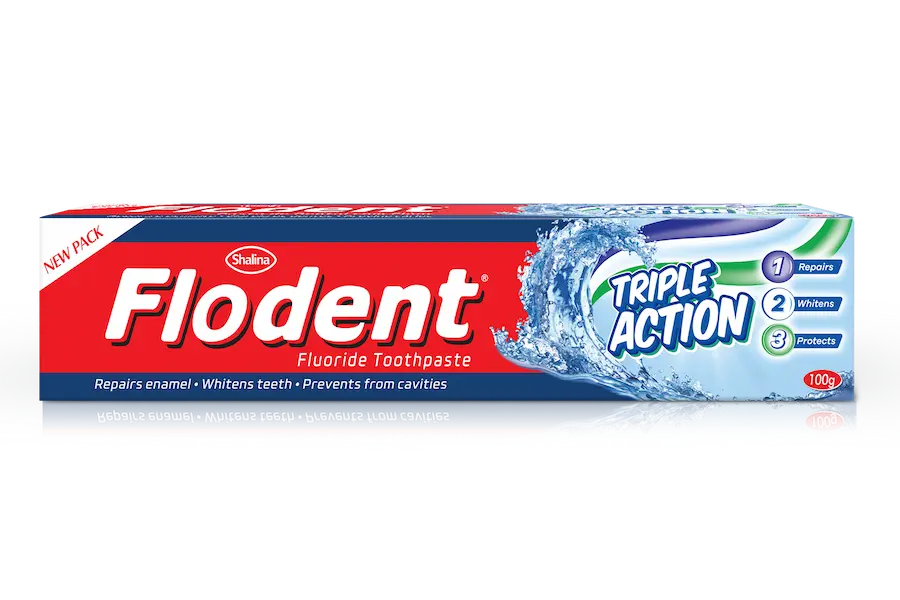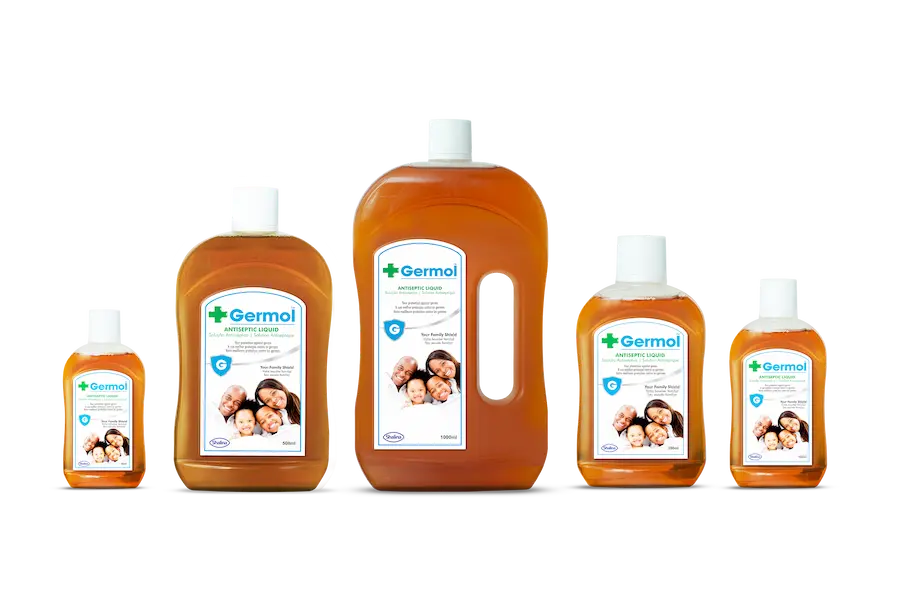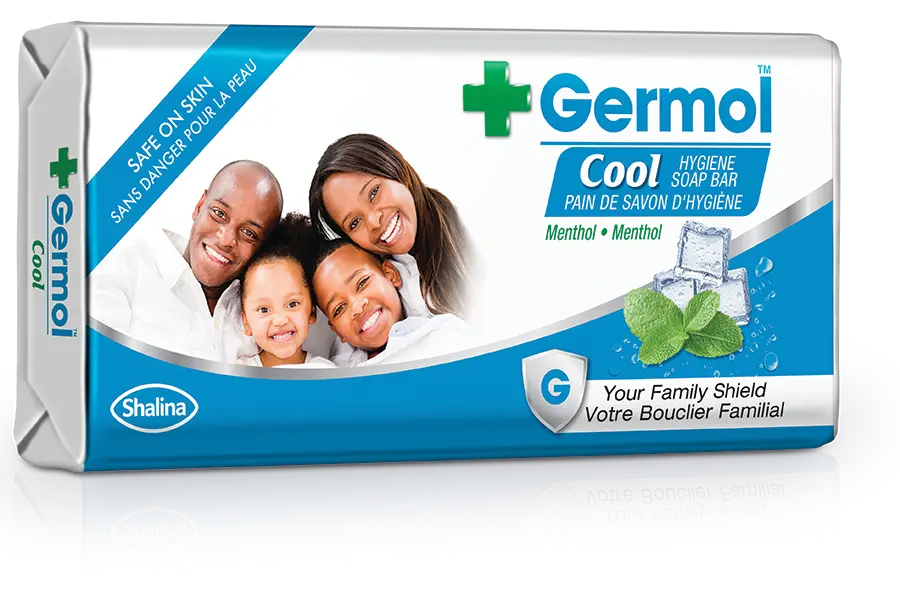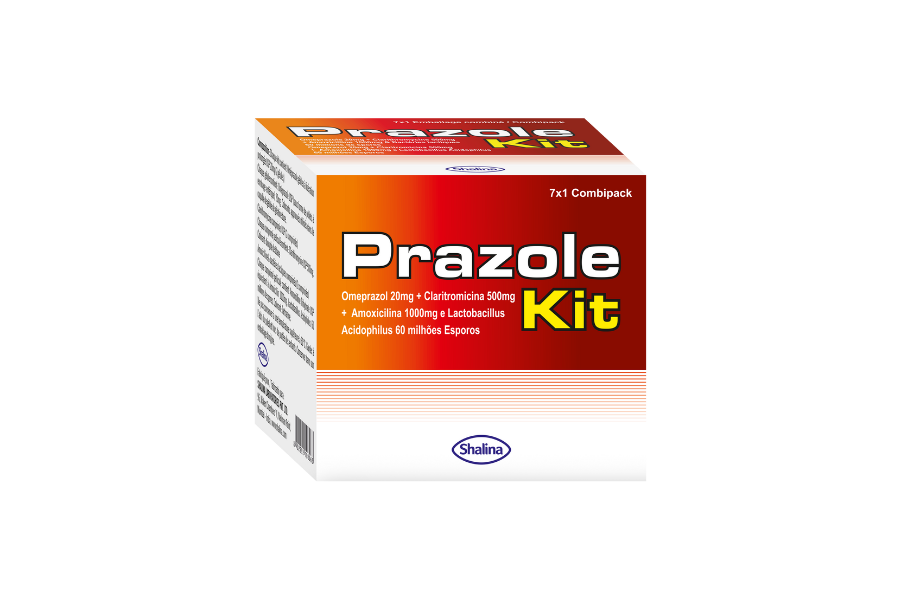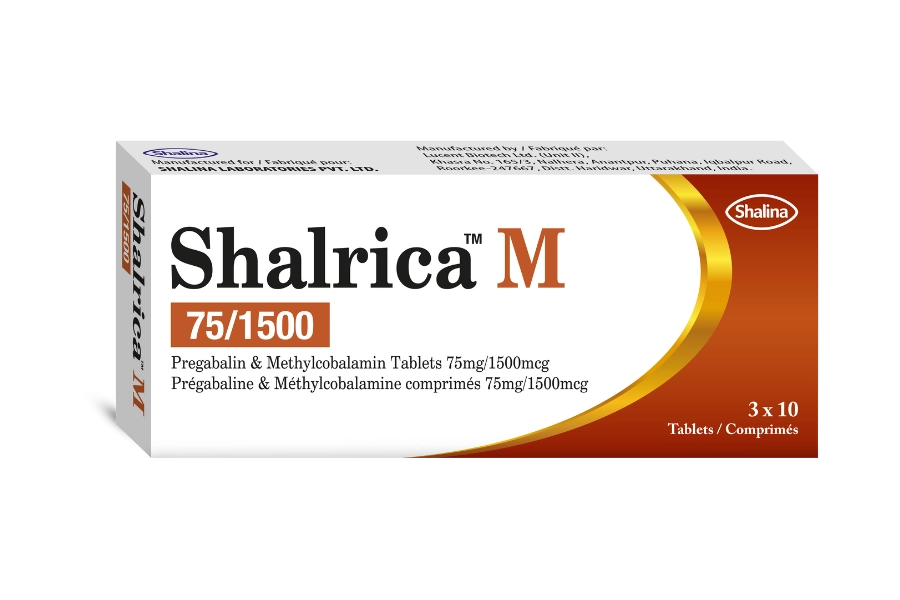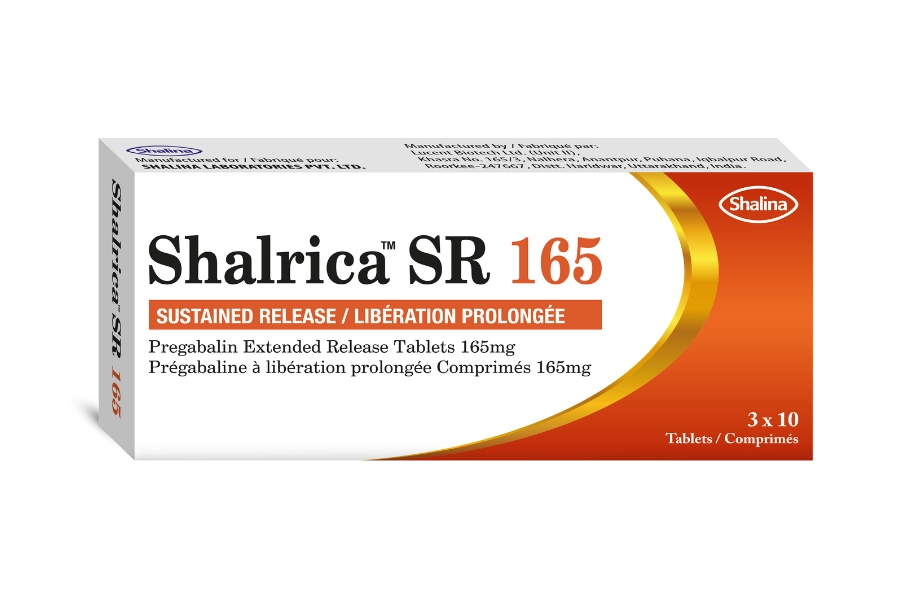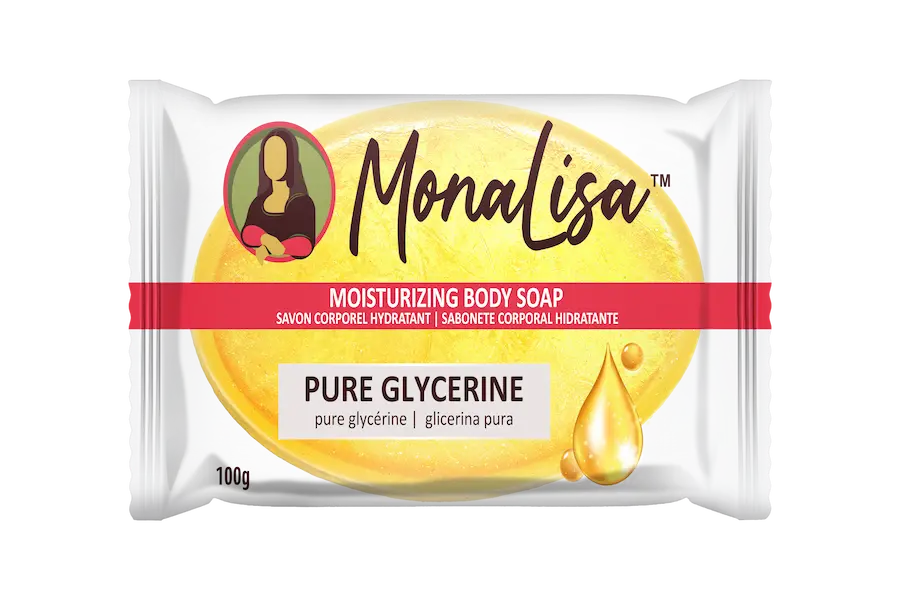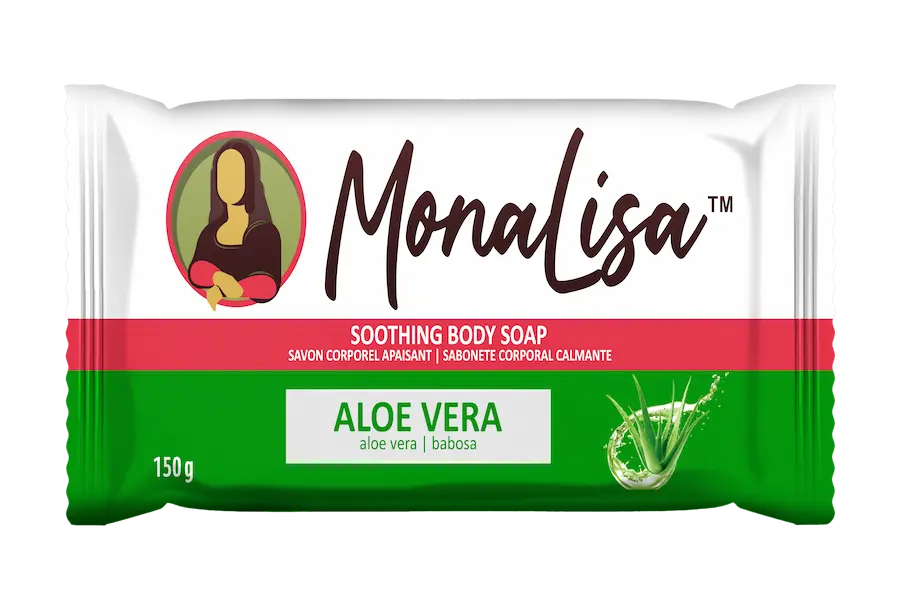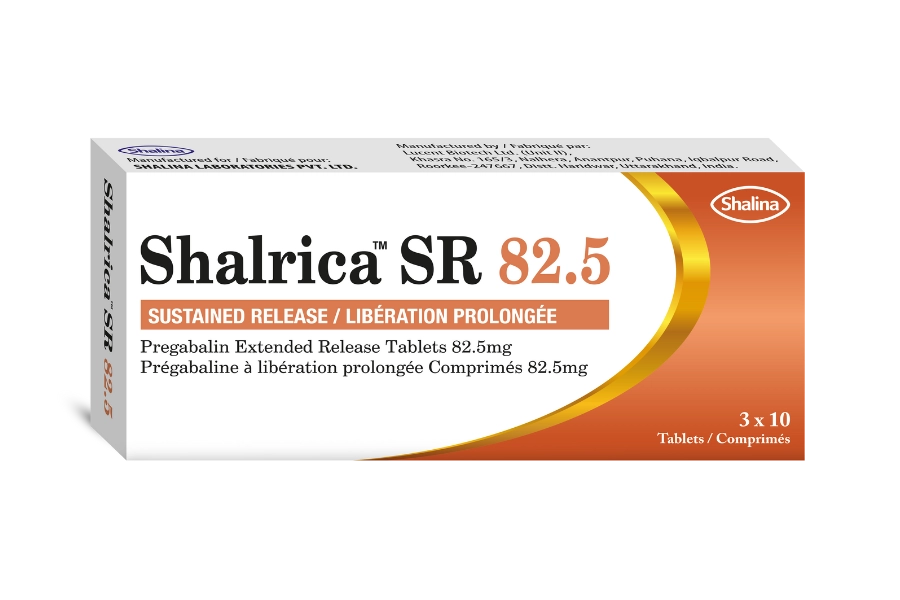We all know calcium is important for healthy bones, but did you know it can’t do its job properly without a partner? That partner is vitamin D3. These two nutrients work hand in hand to keep your bones strong and your body running smoothly.
How They Work Together
Calcium is the building block your body uses to keep bones and teeth strong. But calcium can’t get absorbed into your bloodstream on its own. That’s where vitamin D3 steps in. It acts like a “key,” unlocking the door so calcium can enter your system. Without enough vitamin D3, much of the calcium you eat simply passes through your body unused.
When calcium and vitamin D3 are in balance, you not only reduce the risk of weak bones and fractures, but you also support your muscles and immune system. Vitamin D3 helps regulate how your body uses calcium and phosphorus, while calcium ensures your muscles (including your heart) can function properly. Together, they’re essential for long-term health.
Sources of Vitamin D
Sunlight remains the best natural source of vitamin D3, but these foods can make a difference, especially if safe sun exposure isn’t always possible:
- Fatty fish such as salmon, mackerel, trout, and tuna
- Fish liver oils like cod liver oil
- Animal foods such as beef liver, egg yolks, and cheese (in smaller amounts)
- Fortified foods like milk, plant-based milks, breakfast cereals, and some orange juice brands
Fun fact: mushrooms can actually make vitamin D when exposed to sunlight, a bit like our skin does. If you leave them in the sun for a short time before cooking, their vitamin D levels go up and give you a little extra boost on your plate.
The Takeaway
Strong bones are built on teamwork. Calcium provides the strength, but vitamin D3 ensures your body can use it. By combining both in your diet, through sunlight, food, and fortified products, you give your bones and your whole body the support they need for long-term health.
References
https://pmc.ncbi.nlm.nih.gov/articles/PMC2669834/#
https://ods.od.nih.gov/factsheets/VitaminD-HealthProfessional/#
https://www.sciencedirect.com/science/article/abs/pii/S0023643816307599











